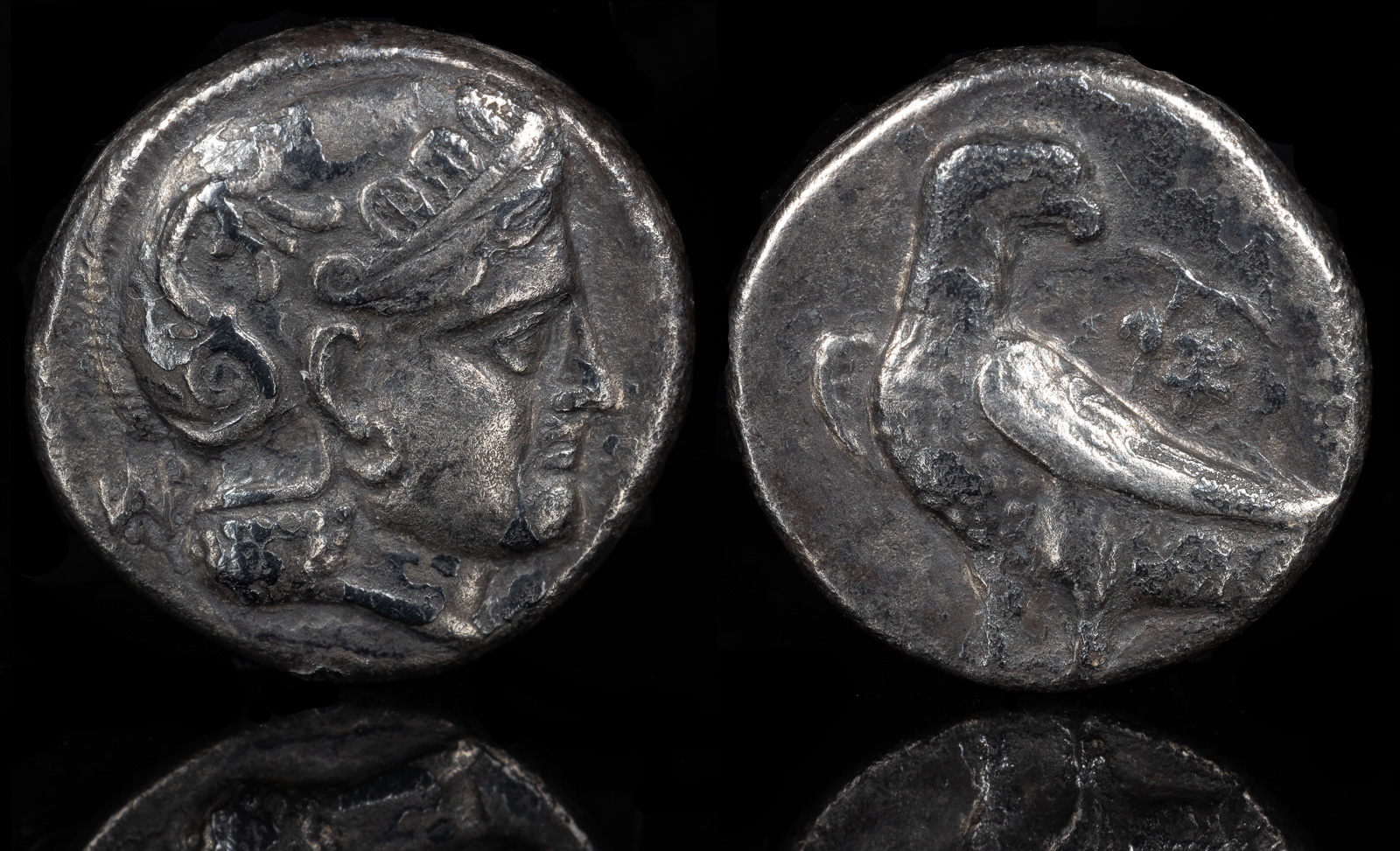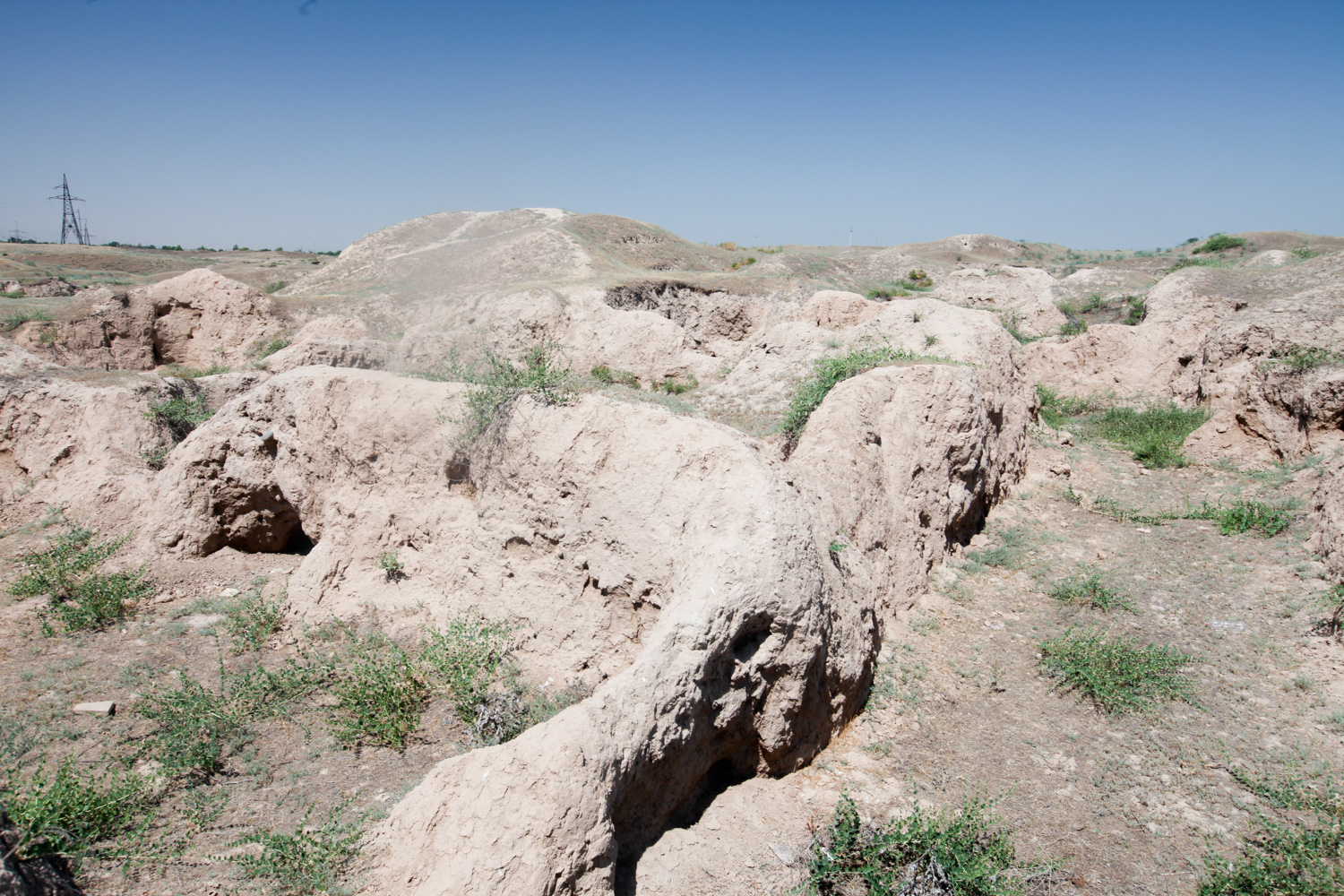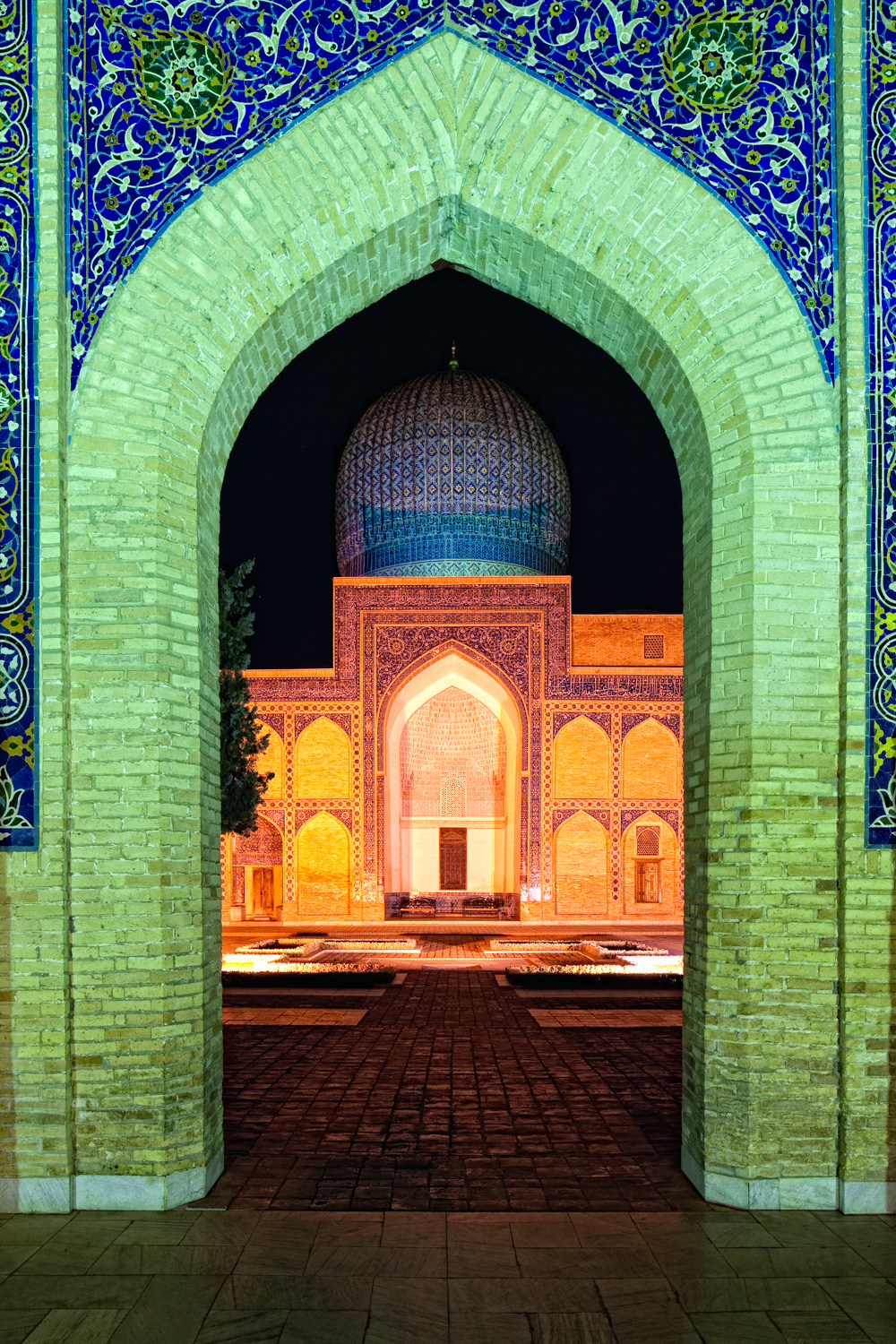
Circa 285/3-280/78 BCE
AR Obol 8.5mm, 0.55 g, 6h
Attic standard. Uncertain mint in the Oxus region. Head of Kybele or Tyche right, wearing mural crown /
Eagle standing left, head right, with wings spread; grape bunch to lower right.
Cf. SMAK p. 70 and pl. 30 (for rev.); Bopearachchi, Sophytes –; SNG ANS –; HGC 12, –
This coin was a very high target for me, despite the fact that I really had no idea where, when, or by whom it was minted.
The reason for this is perhaps no other coin illustrates the meshing of east and west that occurred with Alexander’s invasion. On one side is Kybele, who was mainly associated with Phrygia at the time. On the other was an eagle, which was typical of Baktrian coinage. Compare them to my own coins with Kybele on a Plakia bronze and an eagle on an 
circa 246-238 BCE
AR Drachm. Hekatompylos(?) 3.33g, 14mm, 6h.
Local standard. Head of Athena to right, wearing earring, necklace, and crested Attic helmet decorated with three olive leaves over visor and a spiral palmette on the bowl; monogram of Andragoras(?) behind / Eagle standing to left, head to right; grape cluster on vine with leaf above.
Roma XIV, 332; Bopearachchi, Sophytes Series 2A; SNG ANS -; Mitchiner -; HGC 12, 8
Ex Neil Collection
That’s all nice, but one key to my collection is every coin must be assigned to either a ruler or a city. However, I had (and one can argue – still have) none. To me, that gave the coin an even higher value – since now I needed to do some research.
I started on the ruler side. I admit that I’m pretty lax here. As long as I feel comfortable that a king or satrap minted coins like this for at least some of the years it was issued, I’ll attribute it to him. So, who are the leading candidates?
My first thought was Stasanor, who received the satrapy of Baktria in the Treaty of Triparidisos and held it for some time. In fact, we don’t know when he lost it or died. Given that pretty much everyone agrees that this coin was minted in Baktria, that would solve it, right? Well, not really. The problem is we don’t really know when this was minted. CNG gives a date range of 285-280 BCE, but pretty much every auction house puts it in the 4th or 3rd centuries BCE. Since I could find no reasoning for CNGs date range, I have to accept the wider estimate.
The other challenge with Stasanor is he came from Cyprus, so an image of Aphrodite would have been far more likely. Comparing this coin to the one from Plakia, though, strongly suggests this is Kybele and not Aphrodite.
That means it’s difficult to say that this was minted during Stasanor’s reign. As I’ll explain later, it could have been minted earlier or later.
My next thought was Artabazos, the father of Barsine, who was the mother of Herakles with Alexander the Great. My reasoning was he was long the satrap of Phrygia. Could he have therefore influenced the image of Kybele on the coin?
Again, although I really wanted this attribution, it’s simply too flimsy. Coinage under Artabazos is known, and he used his own image (or at least of some satrap). Artabazos was also Persian and therefore unlikely to worship what was then a mostly local deity. Combine that with the date issue mentioned above, and it just didn’t match.
The obvious then hit me. This is a small coin, and as every auction house has repeated, was therefore likely local coinage. It’s highly doubtful than any important ruler or satrap issued this coin, but instead that it was minted for a particular city. So, given the information available, I wasn’t going to find out “by whom” but perhaps I could pinpoint “where”?
I pored through various books on Baktria and learned something particularly interesting: there were already a fair number of Greeks in Baktria by the time Alexander the Great arrived. Indeed, it was relatively common practice under the Persians to move Greeks from Anatolia to Baktria and even some Baktrians to Anatolia. Although the area was pseudo-independent, it wasn’t a backwater.
In particular, Greeks were moved to Baktria under the Persians when they caused trouble – usually during a revolt. It just so happened that there was a revolt by Artabazos against Ataxerxes III. While Artabazos himself was pardoned some years later after an exile in Macedonia, it certainly seems likely that a fair number of Phrygians could have been exiled to Baktria. While I found no mention of it, I believe this coin strongly suggests it.
The next question was: where in Baktria?
My first thought was Ai-Khanoum, today easily the most famous ruins in Baktria despite the fact that no one can get there since it’s in modern day Afghanistan. Originally believed to have been founded or re-founded by Alexander the Great as Alexandria on the Oxus, archeological work at the site during the 1960’s has mostly convinced us that the city was instead founded under the Seleukids.
The issue I see is that the Seleukids were well known for issuing their own coinage, including at Ai-Khanoum. Therefore, I see this as an unlikely source. Interestingly, though, an incredible artifact called the Ai-Khanoum plaque was found there. It depicts the Greek godesses Nike and Kybele driving a chariot. The artwork is a mixture of Greek and oriental and the plaque today is visible at the Metropolitan Museum of Art. The plaque is believed to have been minted in roughly the 2nd century BCE and the image of Kybele is much different from this coin.
Next came two possibilities: Marakanda and Alexandria Eschate.
From research, both cities received Greeks from elsewhere in the Persian empire before the arrival of Alexander. Both cities are also mentioned a fair amount in Arrian’s Anabasis.
Marakanda is perhaps the most famous city in Central Asia today, although it’s known today as Samarkand. It was then the stronghold of Spitamenes, who was an ally of Bessos and created a revolt in Sogdia against Alexander.
Alexandria Eschate, which was the name Alexander gave it after conquering the city, was originally called Cyropolis and was believed to have been founded by Cyrus the Great. Arrian described it was the largest city in the region that cost Alexander considerable trouble. He finally resolved the problem by noticed a gap in the tall walls of the city to let in the river, which he snuck through while other troops caused a distraction.
At this point, pretty much every numismatist would declare the issue unsolved and revert to the standard description “somewhere in Baktria in the 4th or 3rd centuries BCE”. However, since I want to attribute it to somewhere, I’ll take my best guess and stick with it.
I’ve actually visited both Samarkand and Alexandria Eschate. The ruins for both are quite different. I actually did visit what I believe was Marakanda. Admittedly, at the time I was nowhere into history as I am now, but the site was described to me as a city taken by Alexander the Great. It resides a short distance outside of the city.
Here’s the current state of those ruins.

And here are some I took of the “modern” city.



The ruins of Alexandria Eschate are much more difficult to see because the modern city of Khojand was built on top of them. Some medieval ruins of the city may be seen at the city museum, but Soviet archeologists have dug further and confirmed that a 4th century city lies underneath.

At this point, I’m going to throw further analysis aside and choose Khujand due to an extremely important reason. It’s one thing that I personally have in common with Alexander the Great: we both married Baktrians.
My wife was born and grew up in Khojand. In fact, when I mentioned to her that I found out that the city was conquered and renamed by Alexander the Great, her answer was “yeah. everyone knows that.” As children they were taken to various ruins (though I’m not sure which ones those could be) and constantly lectured about Alexander.
One small argument I could make of Alexandria Eschate/Khojand over Marakanda/Samarkand is that Samarkand was a far more well-known site that’s received a lot of archeologists. Given that these coins first came onto the market in 2004 and were then unknown, I find it difficult to believe that they would “suddenly” be discovered in a city that’s been excavated for some time, although as you can see from my photo above there’s a lot more to dig up.
A more emphatic argument in favor of Alexandria Eschate is that my wife actually approved the purchase given the possibility of it being from her city. Had it been from Marakanda, she would not have liked the coin.
Here are some more photos I took around Khojand. At one point, my father-in-law owned a clothes factory there. However, it was taken away from him because he was Jewish, so until they moved to the US he made ends meet by making clothes by hand and selling them in the local market. When we visited, several of his employees still worked there, so we chatted with him. This is the exact same iron my father-in-law used when he was there, and based on the condition I believe it may date from the time of Alexander the Great.

This is a car that I believe was used to ferry Alexander around the city.

In terms of “when”, I believe the dates need to be expanded. Why couldn’t the Greek inhabitants of the city have minted these coins before Alexander’s arrival? In my opinion, we can’t really tell.
One other interesting aspect I find on this coin is that the eagle’s wings are outstretched. Later issues attributed to Baktria have the wings folded in. The only thing I can roughly interpret from this is I doubt they were minted around the same time. This coin clearly appears to be earlier.